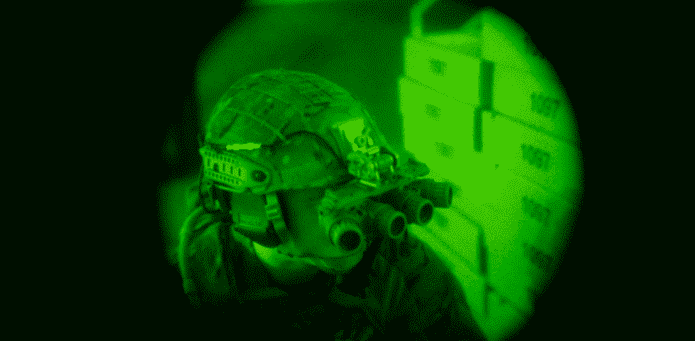Researchers create Graphene based night vision contact lenses that are small and lightweight
Graphene is the ultra-thin, ultra-light, ultra-flexible, ultra-strong material that has been used in the development of very strong, flexible, lightweight displays screens and armor plating, durable, highly-conductive solar cells, and even microscopic drug delivery systems.
Now, researchers think they can create next-generation night vision contact lenses, which are both extremely thin and powerful at the same time and can also pick up on heat signatures.
Thanks to the properties and characteristics of the material, graphene-based contact lenses could replace the bulky night vision headsets that are currently used, reports Gizmodo.
Graphene could change night vision technology for anyone who depends on it by simply combing and putting together some of the steps in the detection process in a package for the emergency services to the alien bounty hunters.
The research team, led by the Massachusetts Institute of Technology (MIT) have developed a new design, which is a graphene-based thermal sensor that is just one atom thick that can be used at commercial level. However, it is not encumbered by some of the restrictions connected with current night vision technology.
Without using multiple sensors, the night vision goggles of today cannot span the entire range of the thermal spectrum, near, or mid or far infrared radiation scanners all require different sensors. The cryogenic cooling systems used often mean it makes it far more expensive, bulky and less portable. In addition, a cryogenic cooling system is required to effectively cut out the interference and get an image that can be used at the other hand, in orde to see heat patterns at a long distance.
The MIT researchers have integrated a two-dimensional graphene layer with a silicon microelectromechanical system (MEMS), a type of miniature device that can perform incredibly complex functions, including registering minute changes in temperature, pressure, magnetic field strength and radiation.
The researchers’ paper has now been published in the American Chemical Society (ACS) journal ‘Nano Letters’.
“Testing showed [the new sensor] could be used to detect a person’s heat signature at room temperature without cryogenic cooling,” explains the ACS. “In the future, advances could make the device even more versatile.”
As the technology is developed further, that versatility will be very important. With studies showing how effective and extremely small and sensitive graphene-based night vision devices can be, it won’t be long before the technology is mass produced, bringing another sci-fi concept into the real world.
